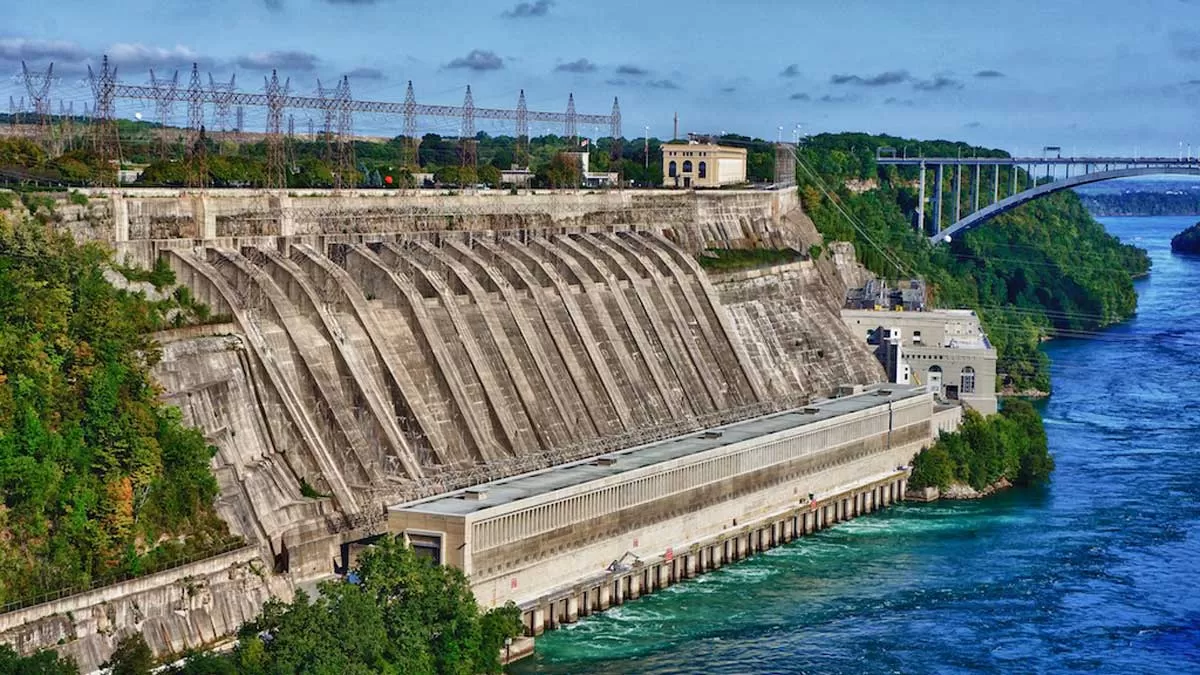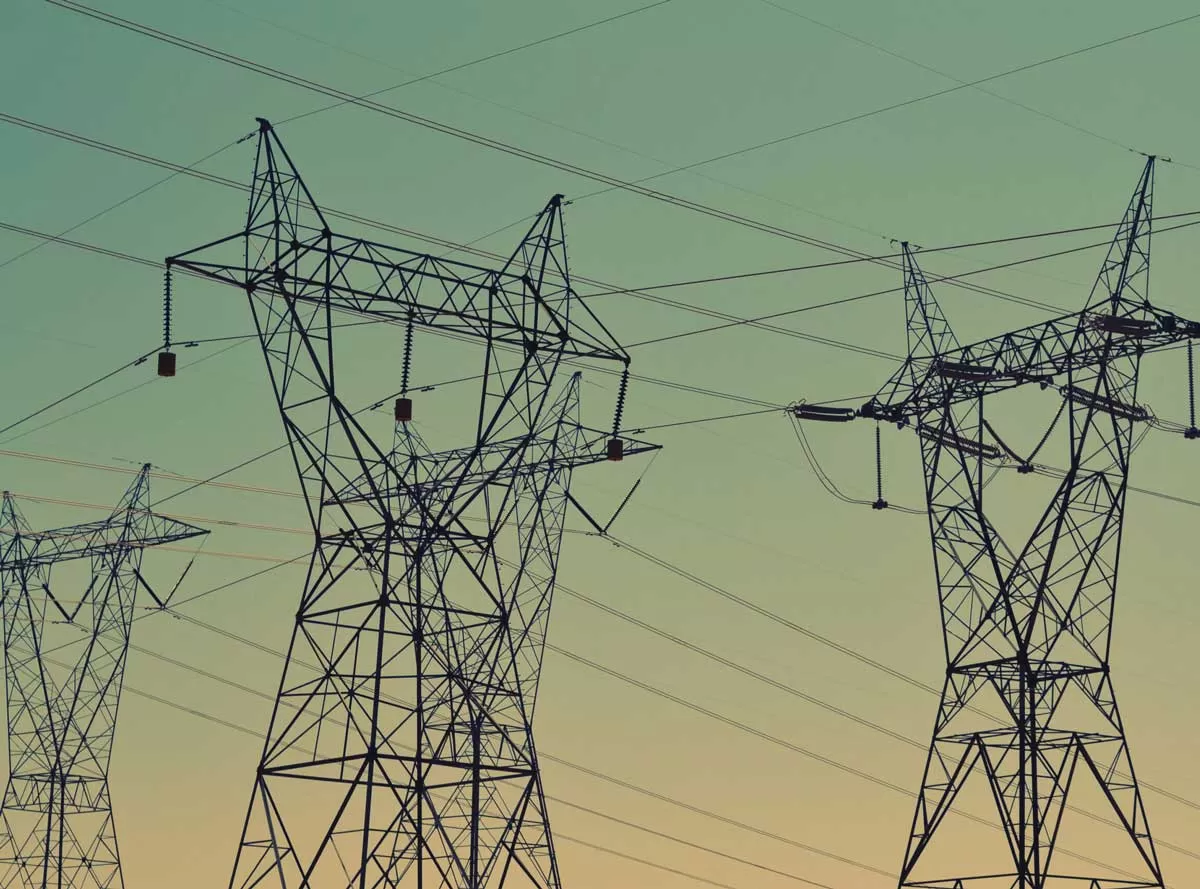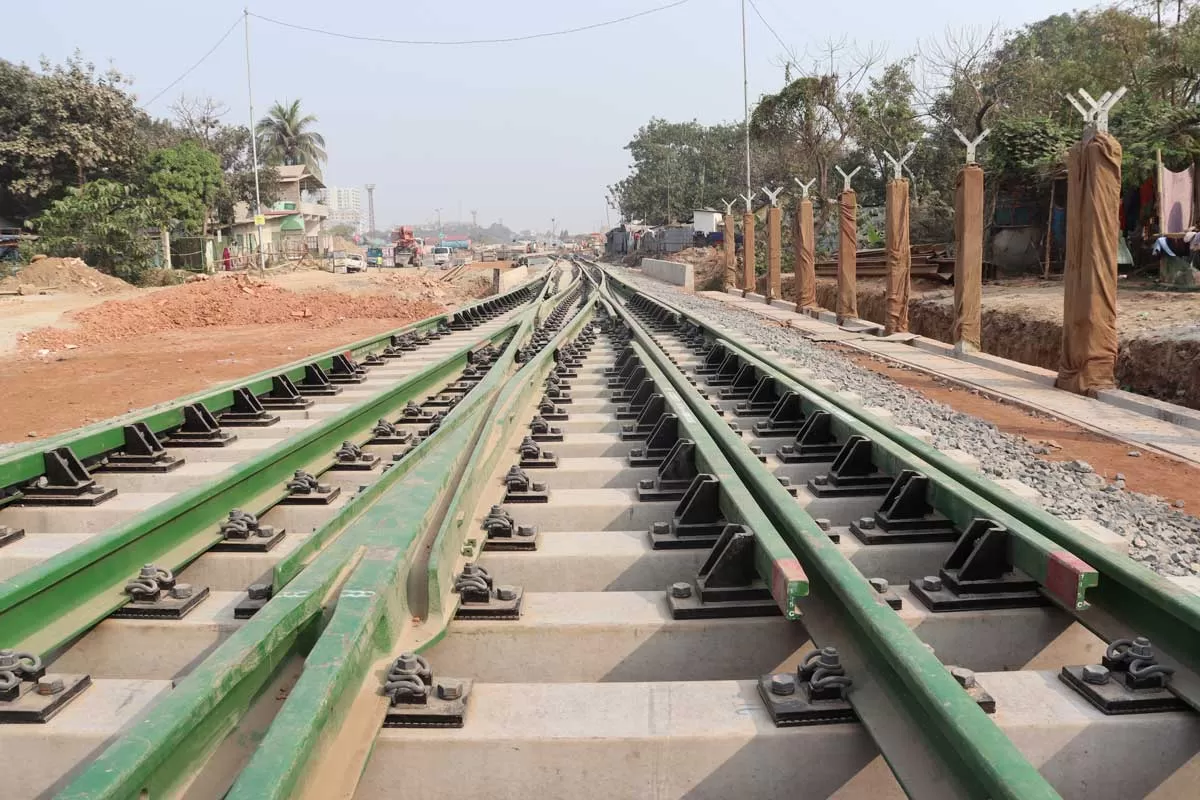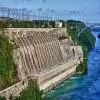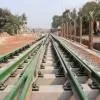In Part 2 of this article, CW speaks to construction contractors to understand their challenges and expectations going forward.In general, the pandemic and subsequent nationwide lockdown disrupted the growth of infrastructure companies for FY2020. It is estimated that 85 per cent of infra companies expect a substantial hit to revenues of about 55-65 per cent in the April-June quarter.With the entire country in a lockdown, all construction work across most of Larsen & Toubro’s (L&T) projects came to a grinding halt. Only a few projects continued, providing essential services like its O&M commitments to keep water infrastructure facilities functioning; at a few other projects, at the behest of the clients involved, India’s largest construction contractor was able to complete some monsoon preparation works. “Today, with India in unlock mode, our concerted efforts are to resume operations and try and make up for lost time,” says SN Subrahmanyan, CEO & Managing Director, L&T. “The fact that labour has gone to their native places and that local labour is expensive is not helping. We had about 230,000 workmen at our various projects when the pandemic broke out. Today, we are down to just about 100,000, so output has reduced to that extent. But we are confident that a reverse migration will soon take place, that labour will return in adequate numbers in the right mindset for projects to start operating at full steam.”From March 22 almost till the end of April, both tolling operations and construction have been significantly affected from the imposition of lockdowns, initially by the state governments followed by the Centre. “Although construction activities resumed in the fourth week of April, because of the exodus of migrant labour and disruption in supply chains, progress is subdued and has been substantially below optimal levels till now,” shares Yogesh Kumar Jain, Managing Director, PNC Infratech.The lockdown greatly impacted the production of GR Infraprojects as all its backward integration factories had to be shut immediately. “Factors including supply chain disruption, shortage of subcontractors and materials, and shortage of labour force all have the potential to cause substantial construction delays and project cost overruns into 2021,” notes Ratan Lal Kashyap, Senior Vice President-Procurement, GR Infraprojects (GRIL). On-site measuresNow that operations on construction sites have begun, construction companies are taking several precautions to manage work with social distancing among labourers and incorporating several other safety measures.Construction sites with over 50 labourers will always be a COVID-19 risk place, hence it is necessary to take all possible steps to protect the workforce and minimise spread of infection. KNR Constructions has taken a holistic approach with regard to the wellness of workers, staff and safety norms, safe distancing, and safety precautions – followed at all its project sites. “This being a continuous process, adequate steps are being taken to appoint COVID-19 supervisors with new responsibilities of educating workers on symptoms of the virus, transmissibility and safety measures like maintaining a physical distance of 2 m and adhering to other suggested practices for infection prevention and control to be followed as per the guidelines,” says K Jalandhar Reddy, Executive Director, KNR Constructions. Other practices by the firm include issuing leaflets with instructions to this effect; putting in place safety accessories like sanitisers; setting up additional washbasins; providing clean drinking water and reusable masks; sanitising the entire work area, rest rooms and dormitories thrice a week; providing health-monitoring instruments, like those for measurement of body temperature; engaging a health consultant on a regular basis; making an ambulance available for emergency cases; restricting entry of outsiders; and monitoring and reports for compliance to top management. “A clear work instruction from the project manager is sent to workers to avoid assembly of a large number of workers at a specific work area and avoiding overlap of work and workforce,” adds Reddy. “Discussing work progress is normally planned through video or conference calls. Also, drone cameras are being put in place to monitor progress.”L&T took on the onus of looking after workmen and their families at its various labour camps across projects pan India. “Not only were we committed to ensure their health, safety and wellbeing, all precautionary measures to break the COVID-19 chain like wearing masks, maintaining social distancing and strict hygiene protocols were all enforced,” says Subrahmanyan. “This is why the incidence of positive cases among our 1.6 lakh workmen who remained is negligible.” After the relaxations were announced from April 20, operations have resumed at about 90 per cent of L&T’s projects with the same measures being strictly practised. PNC Infratech, too, is taking due precautions across both operation and construction sites, including provision of masks, gloves and sanitisers; staggering of working hours and food timings for staff and workers; provisional of additional washing facilities; and following social distancing while execution. “Thermal scanners are provided at all sites for checking the temperature of staff and workers and physical separation of suspected or sick persons and isolation rooms have been setup at all sites,” Jain tells us.Tata Projects is also taking various measures to assist its current workforce, such as providing temporary housing and food arrangements at various project sites so workers don’t have to travel long distances and remain safe. “We have adhered to all government directives and regulations,” shares Himanshu Chaturvedi, Chief Strategy Officer, Tata Projects. “We are ensuring social distancing measures at worksites by providing facemasks, sanitisers and washing facilities to workers, and deploying qualified medical personnel at various sites so that timely medical treatment can be made available. In addition, all our employees deployed at various offices and project sites are covered under medical and term insurance to ensure their wellbeing and provide reassurance to their families.”At GR Infraprojects’ sites, medical check-ups for body temperature and blood pressure and medical camps at sites are conducted regularly. A sanitisation drive at sites and factories, camps, offices, labour colonies and site canteens is done to ensure safety for the workers and all workers are provided with necessary safety gear. “We strictly follow SOPs to effectively deal with COVID-19 at sites and offices,” says Kashyap. “We also conduct awareness programmes among villagers near sites about the importance of masks and sanitisers to combat Coronavirus.”Supply chain affecting output?The migration of labour workforce and supply chain disruptions affected a large number of infra projects. “Disruptions in the supply chain are only to be expected with the entire country in a lockdown,” says Subrahmanyan. “Supply of critical materials like cement and steel is still not there but the situation is improving by the day and we hope things will almost be back to normal soon.” When asked if prices of these materials are in tandem, he responds that the prices have not fluctuated alarmingly: “We are confident this situation will not change significantly going forward.”Tata Projects did not face any issues with regards to supply chains as “our supply lines have always been robust with adequate supplies,” says Chaturvedi.On the other hand, Kashyap shares that GR Infraprojects initially had to face a lot of difficulty as there were many scheduled activities that were suddenly halted. “Supply chain logistics were stuck at various stages; a few were billed and ready for dispatch; a few loaded and dispatched; a few got stuck enroute while others were stuck at district and state borders; and a few reached the destination but could not be unloaded owing to the fear of Coronavirus. Logistics was one of the biggest hindrances in the lockdown. Logistics because of the paucity of drivers were affected initially but now the supply chains are smoothened except in areas badly affected by COVID-19. They are almost back to normal but extra efforts are being made to align deliveries to project requirements.” He adds that cement availability was a problem across all geographical areas as manufacturing plants were completely shutdown during the lockdown period and that rates have spiked owing to high production cost and low demand. “The steel industry, though, was positive; availability was smooth and prices were regulated.”Jain reveals that during May and early June, there was an acute paucity in the supply of cement and manufacturing items, and a consequent rise in their prices, “plausibly because of a demand-supply mismatch owing to suspension of production during the lockdown spell.” Though both supplies and the process are getting stabilised gradually, he believes it may take some more time for normalisation.Reddy believes there is improvement in the movement of goods like steel and cement and that supply of these materials has improved to a greater extent with the government lifting the lockdown in a staggered manner. With regard to prices, he shares that prices of cement have increased from 25-40 per cent in different parts of the country while there is a slight reduction in steel prices. “We hope the supply chain movement will improve further.”The hard hitThe reduction in investment in the construction industry has had a significant impact on the construction-related gross value added (GVA) and employment sector compared to pre-COVID times. “As the construction sector is driven by infrastructure projects to a large extent, it is expected to be hit severely by the current levels of uncertainty, dismal business, consumer sentiments, loss of income and diversion of government funds towards COVID-19 management,” says Kashyap. “However, NHAI (National Highways Authority of India) has been positive in accelerating project construction by ensuring timely payments, faster decision-making and dispute resolutions, and regular review of project progress.” With the pandemic yet to be controlled and eradicated, Reddy observes, “We may have to wait for at least six months to assess ground realities. Till such time, the inflow of funds to projects may be trickling in.”“The situation is still fluid and, to that extent, there will be a negative impact on our business,” reasons Subrahmanyan. Currently, roughly 20 per cent of L&T’s projects are from the private sector and the remaining 80 per cent from the Centre, state governments and public-sector enterprises. About 35 per cent of the latter are funded by institutions like the Asian Development Bank (ADB), Japan International Cooperation Agency (JICA), World Bank and the like, which should continue undisturbed. “`15 trillion had been earmarked by the government for infrastructure development.Although, there will undoubtedly be a dip in this outlay with funds diverted for COVID-19-related initiatives and programmes, we are hopeful that there will still be sizeable funding for infrastructure projects. Obviously, this will also give the economy a huge fillip with more activity, more jobs, more consumption. At the end of the day, the need of the hour is for some really big-ticket projects to see light of day. Countries like China and the US have them; we in India desperately need them, for example in the transportation sector. The state governments are not in very good shape to commit significant expenditure and the private sector has too many stretched balance sheets for comfort; hence, it is really left to the Central Government to think innovatively to create funding for such projects.”With systematic investments in infrastructure being a national imperative for overall economic growth of the country, Jain believes any short-term downtrend in spending may not have a long-term impact on the project pipeline in the sector. “As there is adequate liquidity available with banks for lending, it is up to government authorities to create an investor-friendly, enabling framework with proactive support and timely decision-making to continue to attract private-sector investments in the infrastructure sector.” As PNC Infratech has recently been awarded three national highway development projects on the hybrid annuity model (HAM) by NHAI for an aggregate bid project cost of over `51 billion, Jain sees a sustainable revenue visibility in the coming years. Fiscal outlookThe months from November to April are considered to be the golden period of construction and the sector has already lost about two months with activities deferred.Agreeing that this will definitely have a negative impact on the construction revenues and profitability in the current quarter across the industry, Jain says, “Our company is not an exception.” Given the challenges, PNC Infratech is striving to achieve at least a decent turnover in the current quarter; however, Jain expects this to be sizeably lower than what it would have been in a normal situation.For Chaturvedi, it is still too early to predict revenue expectations for this fiscal at this juncture, but he is confident about the excellent project execution capabilities of Tata Projects.For Reddy, too, despite the present subdued environment and uncertainty on the longevity of COVID-19, “KNRCL’s strong balance sheet, low debt and good inflow of orders with revenue visibility for three years, coupled with an asset-light strategy, will give an impetus for the growth of the company.”Kashyap is hopeful for growth in terms of road construction in the current quarter with GRIL’s accurate planning and forecasting.L&T finished FY2020 with a robust order backlog of Rs.3.03 trillion; despite it being a tough year with a really poor Q4, its orders grew by 9 per cent, revenue by 8 per cent and profits by 7 per cent. “The year 2020 has thrown up several factors that are not in our control,” says Subrahmanyan, adding that capital allocation will be difficult, there is a need to rebuild the economy and there is still fear about the pandemic. “While COVID-19 looped off two straight months, we are heading into the monsoon during which project work is muted. The lack of sufficient labour means that we are still operating only at half throttle, so we do have a lot of catching up to do. It is a tough asking rate and we are aware that a lot of factors will have to fall into place and work in our favour to achieve our targets.” But he concludes saying, “We remain cautiously optimistic that things will turn around – and not only us or our country but the whole world will return to normalcy soon.” We sure hope so!- SERAPHINA D’SOUZATo share your suggestions on how to revive the construction sector in India, write in at feedback@ConstructionWorld.in
